The first draft of this essay was written a year ago. Now the time has come to finally finish it and share it with the world.
This essay is about the past, the present, and the possible future of The Sandbox. It’s written for the #Sandfam: for artists, developers, hobbyists, and the TSB team.
Seb and the team are dreamers, and their vision inspired countless people to pay attention to The Sandbox. That was yesterday’s success.
But where are we today?
"There are no limits. There are plateaus, but you must not stay there, you must go beyond them." - Bruce Lee
What’s Inside
- The Beginning of Time
- Maturity
- The End Is Nigh!
- The Future of the Platform
- What The Sandbox is Missing
The Beginning of Time
A long time ago, when the grass was greener, people played indie games, AI didn’t exist, and the word metaverse was known only to Neal Stephenson and a handful of sci-fi fans.
Among those fans were members of The Sandbox team, who asked themselves: What if we created a virtual world, divided it into pieces, gave it to the people, and most importantly, gave them the tools and the freedom to do whatever they want with it?
And that’s how the voxel world of The Sandbox was born! The whole story is totally true and based on real historical facts. 😎
And there was void, and Seb did appear, and he proclaimed, "Let there be LANDs!". And the LANDs were distributed upon the people, and thus the realm of The Sandbox began!
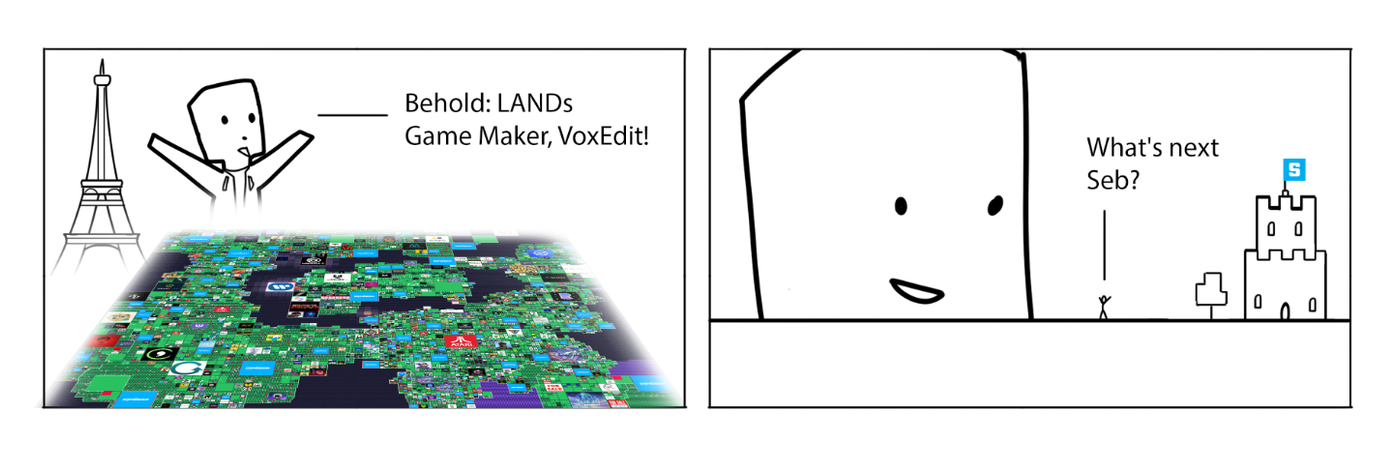
Maturity
Over the course of a few years, The Sandbox took shape and became recognizable. Everyone from major media to curious gamers wrote about voxels and LANDs. This all played out before our eyes, and the best may still be ahead.
Even though the first wave of the hype cycle has already passed, the project didn’t die, it became more alive than ever and continues to grow, gradually evolving into a mature ecosystem.

The Sandbox is still a very young ecosystem, and it needs time.
You can’t create something great overnight, the same was once true for other engines. For example, hardly anyone knew about Roblox in the early days, but over time, it gained popularity among millions of players and thousands of developers.
I hope the same will one day happen with The Sandbox.
Still Early Days
There’s a strong chance that one day the platform will mature and find its Product-Market Fit. A phase shift will happen. More creators and interesting worlds will emerge, YouTube will fill up with Game Maker tutorials, and players will explore LANDs from their smartphones and desktop computers. Developers and brands will be able to use the platform as a business tool.
Today, in 2025, there are about 600–1000 creators active on X.com who, despite the end of the initial hype, still show interest in the platform.
Teams are forming, filling The Sandbox with experimental games.
Fully functional mini-games are being released — like Coop Crisis by Thibault and his team. It’s an elegant example of game design with a simple yet replayable mechanic where every run feels unique.
Or take Ragnarok, for example. Folks created a mini-RPG with a small town that’s enjoyable to explore. It has no broken collisions, a working level design that doesn’t distract the player, and an intuitive system for entering buildings. Everything is simple and convenient!
These are far from the only examples of teams that approach game creation thoughtfully and build experiences that are genuinely comfortable to play. As time goes on, more people with this mindset will emerge, and we’ll see thousands more interesting games.
But that’s all in the future — for now, we need to get through the following…
The End Is Nigh!

Yesterday, I watched this interesting video by YouTuber Jauwn, where he talks about boredom, the engine’s limitations, and compares it to other platforms. And you know what? He made a solid video.
The comments reflect how regular players see The Sandbox. Some of the criticisms are hard to argue with. But I don’t think things are as bad as they seem. Jauwn is simply sharing his experience and unmet expectations while interacting with the platform. And that’s okay — let’s thank him for his honest opinion.
Online media and YouTubers love to hype up drama or bury a startup. That’s how they make a living — selling fear and uncertainty. Fear gets more clicks than optimism.
There’s even research showing that negative headlines like “the end is near!” get significantly more attention on social media.
If you have doubts about the platform’s growth — that’s fair. It’s hard to believe in something that doesn’t exist yet. But maybe things aren’t actually that bad.
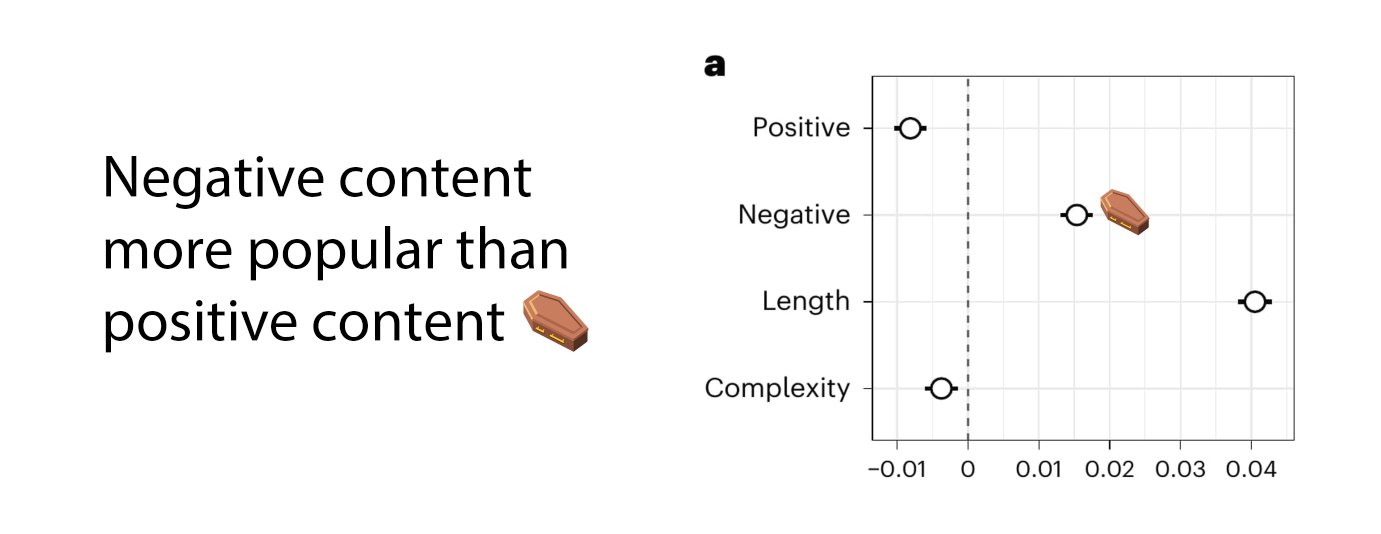
Is the End Near?
No one really knows — but developers still have every chance to turn Game Maker into a product used by millions. Most of today’s criticism of The Sandbox comes from comparing it to other engines. But should we really be making these comparisons?
Probably not, because each platform or engine is unique in its own way. Each product is tailored to its specific task.
- Unity allows developers to build standalone APK apps, create games using the power of C#, and supports a wide range of platforms. You can’t do that in Roblox.
- Unreal Engine is the gold standard for desktop and AAA gaming. It can do virtually anything, but it’s rarely used for mobile games. Unreal Engine is "heavier" and demands more resources, which can be a problem for lower-end smartphones. Unity is better suited for that.
- Roblox is a vast, ever-expanding universe that uses the Lua scripting language. It’s a social gaming platform mainly aimed at a younger audience.
- Game Maker and The Sandbox aren’t really engines. It's a of no-code tool for building multiplayer voxel-based games. The platform focuses on personal creativity and the use of popular IPs from art, culture, music, and film.
Positioning helps products avoid competition by focusing on their niche. For example, a bus doesn't compete with a Tesla, despite both being vehicles.

"The internet enables any niche interest. Don’t copy. Do your own thing. - Naval Ravikant
Reasons for optimism
We’ve discussed positioning, but are there any real grounds to believe the Sandbox has a chance to become an interesting ecosystem for devs?
Game Maker, like other engines and constructors, allows us to create digital worlds. But what unique advantages does it offer to hobbyists and businesses?
To answer this, let’s take a look at the heart of it all — the technology.
- No-Code Game Maker with Multiplayer Out of the Box: You don’t need to know C#, LUA, or complex frameworks. You can start experimenting within hours and showcase your creativity to the world. Simple tools like VoxEdit allow you to quickly model and animate game assets.
- Monetization Through Ads: In-game screens can be used to stream videos, making them a great tool for native brand advertising. (This underrated feature is already being tested by K-pop groups like ATEEZ.)
- World Map: This solves the discoverability problem for both players and developers. Players can find new games in a fun, exploratory way through the world map.
There are other features too, but we’ll talk about them some other time.
Who will handle all of this?
There are a lot of people. A lot, and there will be even more, because creating games is hard and expensive. There is fierce competition in all markets, and big game studios are laying off employees.
Many are left without jobs and turn to indie development, mobile games, and platforms like Roblox or Fortnite.
- Today, tens of thousands of people create independent PC games, and about 1.5 million developers create mobile games for Google Play and the App Store.
- According to open data for 2023, around 8-9 million indie devs are creating and monetizing games on Roblox using LUA.
Looks like the easier it is to develop on a platform, the more developers there will be (It’s not certain, but there’s definitely some correlation).

Game Maker, with its no-code tools, could become an interesting direction for development for even more people.
Humanity is like water, filling any vessel it occupies. If the team continues to develop the functionality of Game Maker and it becomes possible to create truly engaging games, it's only a matter of time before developers come to the platform. And if there are developers, there will be games and players.
The Sandbox is likely could be the new blue ocean.
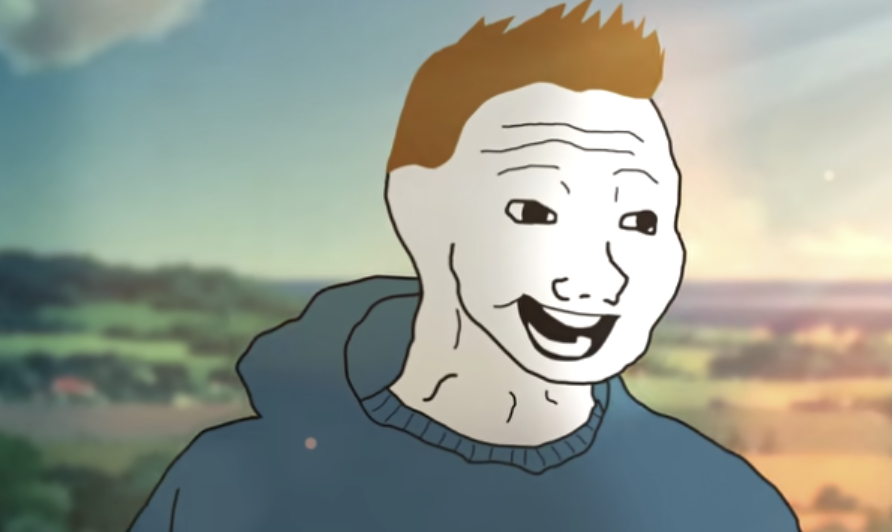
The Future of the Platform
Will The Sandbox become an amazing platform? No one knows. But there is hope that the team will develop Game Maker to a high level, and it will be flooded with developers and players. This could happen.
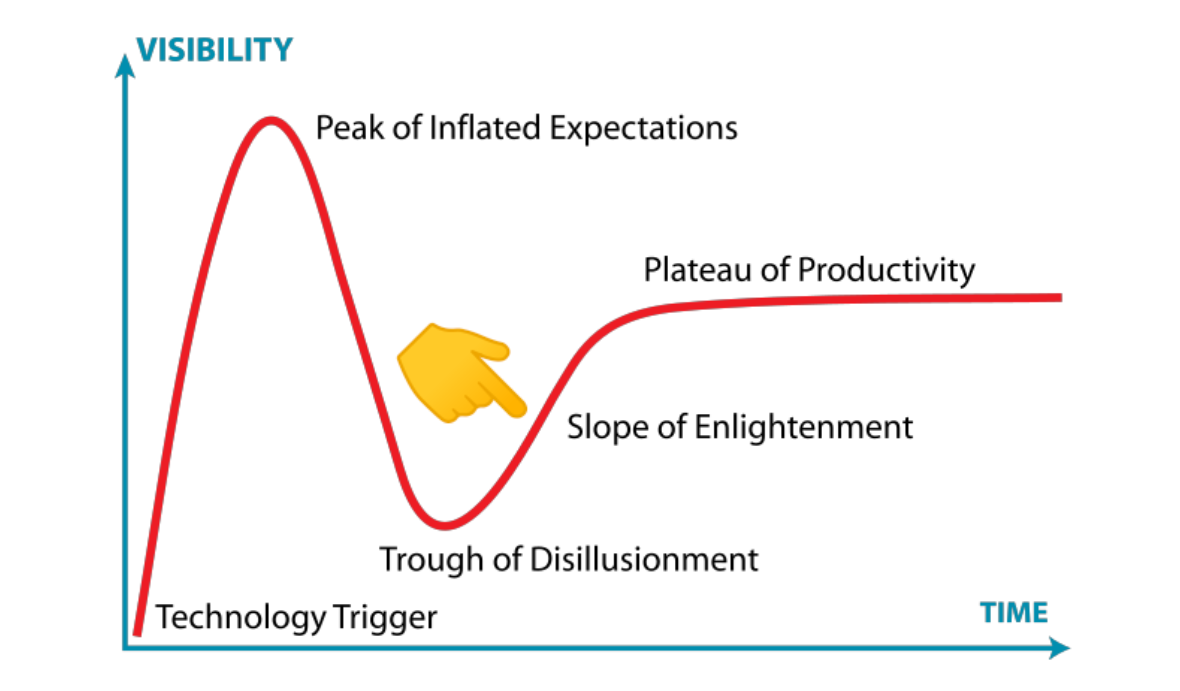
The Sandbox has a journey ahead and will need to become interesting not only for NFT enthusiasts but also for regular players and game development enthusiasts. One can hope that the company’s focus is not solely on the small and sometimes questionable crypto crowd but also on a multimillion-strong audience of real players.
Let’s keep our fingers crossed that Arthur and Seb will read this post, and that common sense will prevail.🤞
Mobile Version
One of the most anticipated features is the mobile version. There are already videos on YouTube proving that the team is working on it.
However, cool your jets, there are no exact dates or guarantees that it will ever appear. But even without the mobile market, there is a chance that the PC version will be successful enough to generate monetization.
Minecraft was successful long before it reached the mobile market.

The Future of Monetization
Let's start with the most important point: there is currently no sustainable way to monetize your project in The Sandbox. Yes, there are the Builder Challenge and various competitions, but something more serious hasn’t yet emerged.
Forget about in-game stores for brands, During the metaverse hype, we were sold a failed model. Everyone believed that players would walk through virtual Nike stores and buy sneakers. But it doesn't work.
Some may mention selling NFTs, but I don't think that’s where you should focus your time. Mobile games have long realized that in-game assets are not the best way to monetize, because assets only work well in unique projects like Fortnite.
Fortnite is one game with millions of players. They focus on ONE good game and sell assets. But can THOUSANDS of different mini-games succeed using this model? Doubtful.
However, there is something that does work — partner advertising. Just like in mobile games. By selling ads, small games in The Sandbox have a chance for successful monetization. This is what all small indie mobile game teams do. It’s worth learning from them, they’ve accepted the reality and became millionaires. Sell Ads.
Use in-game screens with links that redirect players to partner pages. This is already working and is cheaper to develop. ATEEZ has already done this. After playing their game, I now know about them, their music, and I even remember their faces. It works, friends.
The player sees the screen, learns about the brand, possibly clicks on the link, and your partner gains brand awareness and user traffic.

Portals will control traffic
What are portals? These are when landowners allow players to move from their land to the land of other landowners. At one point, The Sandbox mentioned this functionality in their Medium blog.
This mechanic will allow landowners to control player traffic and direct them to the lands of their partners within The Sandbox map. This feature will create opportunities for collaboration and allow the creation of huge thematic worlds, which will have a positive impact on the developer community.

Portals will provide players with a continuous exploration experience, while giving landowners the motivation to collaborate with each other. There will be an opportunity to turn the entire The Sandbox map into a massive RPG, similar to World of Warcraft.
Those who begin collaborating will control in-game traffic.
Today, there are still few strong connections and co-building within the creator community. That's why join the club, here we're working to develop a professional community and create a large network of player traffic between all lands.
What The Sandbox is Missing
Let's explore a few bold ideas that could make The Sandbox more appealing to both players and developers. These ideas might be too complex to implement and require millions of programmers and billions of dollars. But if it's feasible, I hope the team will consider these suggestions to improve the product, or at least listen to them. That would be awesome!
Disclaimer: The ideas described have NO connection to the actual plans of The Sandbox team. They may not be present in upcoming versions or may never be implemented at all.
1. Buying SAND with a Credit Card
This is something the platform is currently missing, and it makes it inaccessible to most players. All these NFTs, wallets, and so on just complicate things. Players should be able to purchase in-game currency with a credit card. This feature exists in Fortnite, Roblox, and has been around for a long time in World of Warcraft.
It’s technically challenging, but I'm sure the smart people at The Sandbox can make the platform accessible to millions of players.
2. The Void Around LAND
One of the most frustrating things in The Sandbox is the emptiness around the land plots. The void creates the feeling that the game is unfinished. After all, the entire concept of The Sandbox is built around a space with a shared map and neighboring LANDs. But in the game itself, all we see around us is emptiness. It's disappointing.
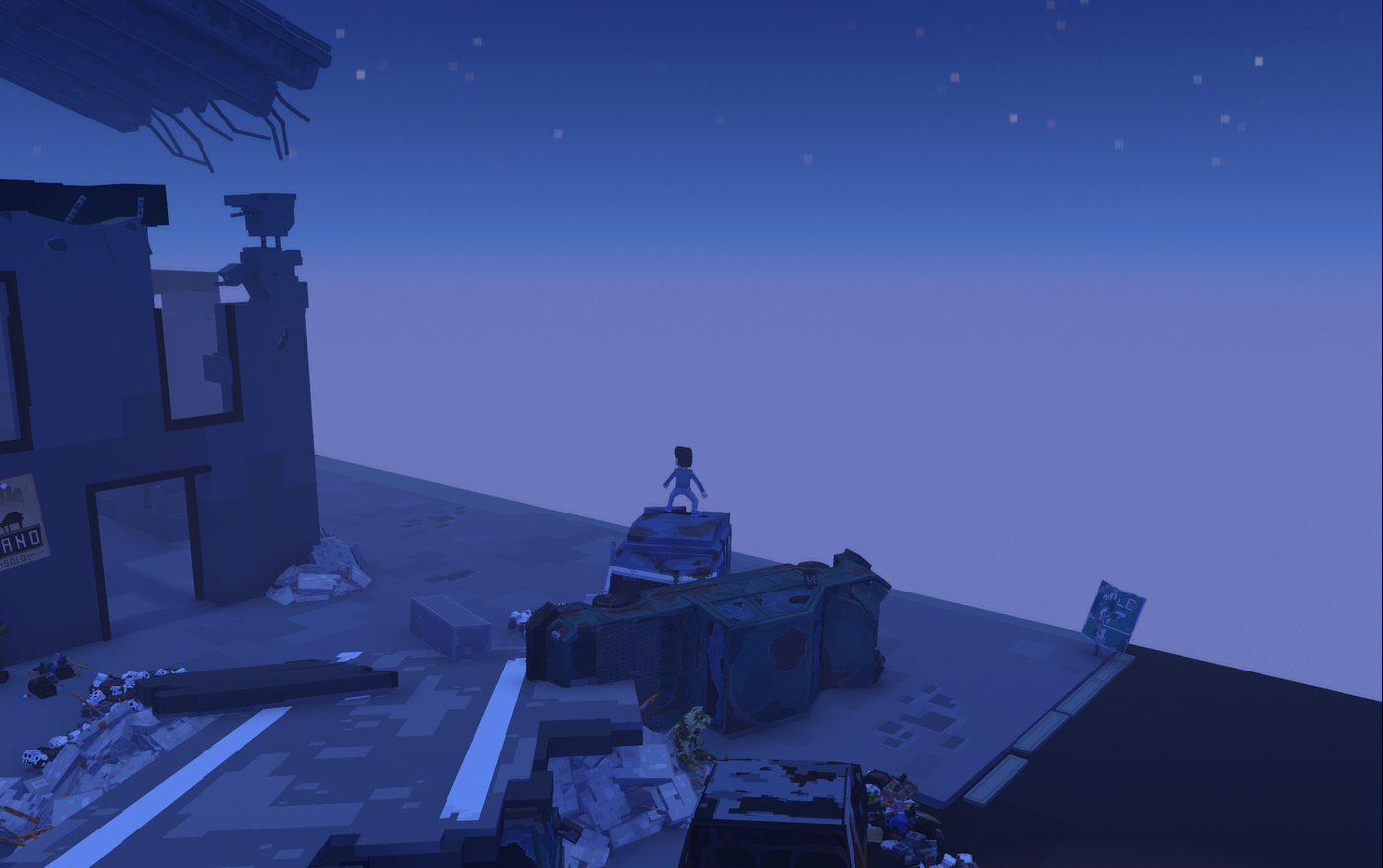
Is it possible to fix this? I think so. All that’s needed is to load neighboring Lands. Imagine that a player enters your LAND, explores it, and around them, they see neighboring lands they can travel to, perhaps through gates. That would be incredibly cool!
It would bring the surrounding space to life and motivate players to move from one LAND to another, naturally exploring everything around. Developers would effectively manage traffic and build partnerships with neighbors by creating joint dungeons, kingdoms, and massive biomes.

It would create a sense among landowners like, 'Oh, my neighbor built such a cool castle, and my LAND is empty. I need to work on it!' This would motivate them to buy assets and improve their LAND.
This would stimulate the marketplace economy.
And The Sandbox would become a true 'virtual Lego.'
3. Districts
A few year ago, the company mentioned that landowners would be able to merge their LANDs into districts and manage them together. This district management system could lay the foundation for a shared world, increase the value of LAND in active districts, and encourage collaboration between landowners.
It’s not guaranteed that this mechanic will actually be effective — but there’s something promising about it.
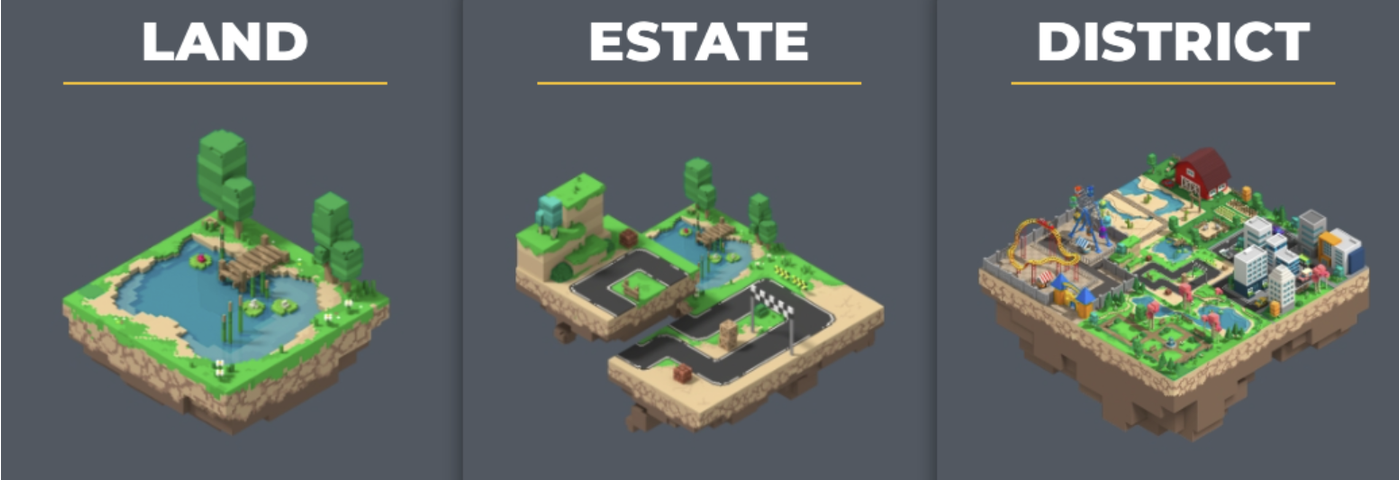
The Problem of Unused Lands
Many landowners today do not use their lands at all. The lands just sit there, wasting away and will likely remain like this for many years, continuing to frustrate players. But this can be fixed.
One solution could be the Generative Filling of unused lands.
- The Sandbox could use Magic Palette and quickly generate tens of thousands of dungeons. They could select a few hundred interesting locations, fill them with a couple dozen monsters, secret doors, and mazes, and automatically publish all of this in the unused landowner spaces.
- This way, the world would be filled without waiting for a large amount of work from landowners, and landowners would have a ready-made template on their accounts that they could develop. No one would mind.
- Additionally, a system could be introduced where unused lands are overgrown with plants, like in Terraria. If you don't take care of your LAND, it becomes covered in jungles. Cool, right?
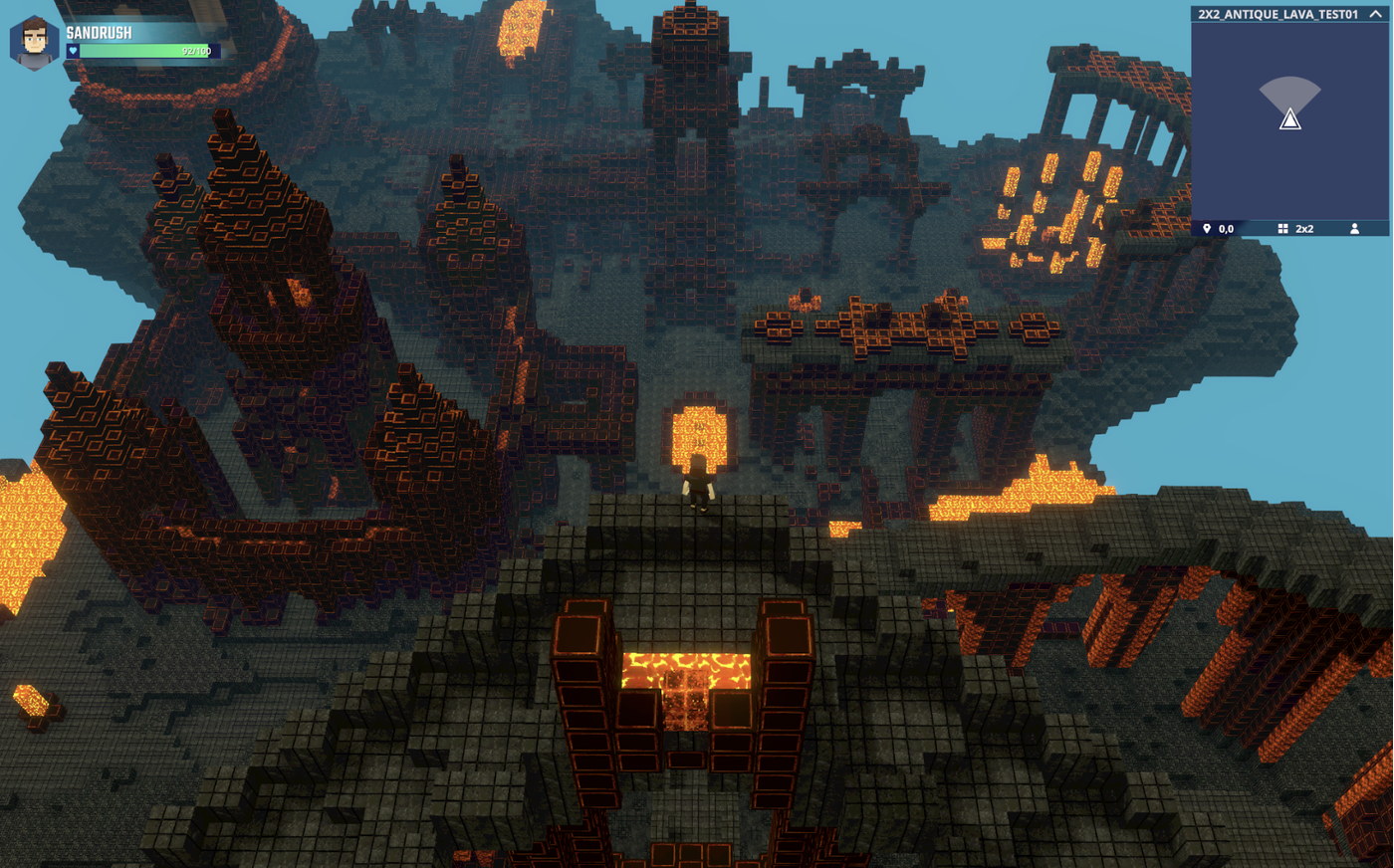
The Shared World Increases Retention
The players should have the ability to influence the lands. Right now, players don’t impact the lands unless they own LAND. All they can do is play simple games and that's it.
But players could become a major driver for platform development and in-game economy. Here's how it could work.
- Renting out parts of LAND blocks. This would allow players to become co-builders on your land. For this, Game Maker would need functionality to designate blocks for rent, and players in the client would be able to place their objects on these rented blocks.
- Planting plants. A special class of assets could be created that players could purchase and plant on any Landowner's land. The plant would grow over weeks, and players could water and care for it. Most importantly, players would be engaged and return to the land to check on their garden, much like in Stardew Valley.

- In-game Voxel Letters. Imagine that any player could leave temporary messages inside any LAND by placing a voxel letter directly on the land that passing players can read. Each letter would be no longer than a tweet. This creates fantastic opportunities for in-game communication. (Moderation of such letters could be automated. Players could rate the letter after opening it, and letters with negative content and ratings would self-destruct. This was done in Elden Ring, and it's a lot of fun.)
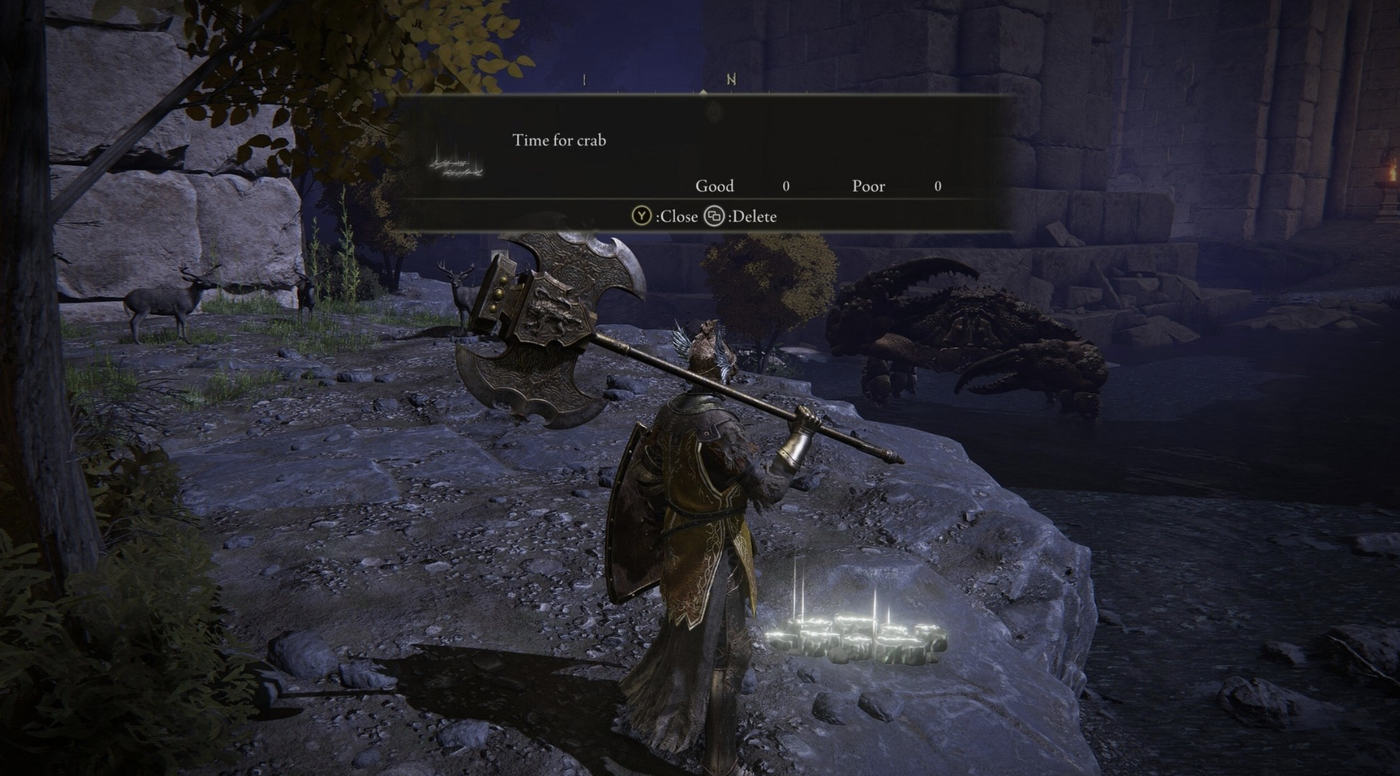
These are complex ideas to implement, but they sound intriguing. We want something more exciting than what's currently available.
For a player to spend time in the game, it needs to be fun and engaging. To achieve this, we need to come up with interesting retention mechanics that will motivate players to keep coming back.

What’s missing in Game Maker
Game Maker still lacks enough fun games. This is the main issue with the platform right now, and with each update, it’s gradually being addressed. For success, The Sandbox should be 99% “Having Fun.”
Otherwise, it won’t work.
For players to be Having Fun in The Sandbox, there needs to be more stable modules in Game Maker like the recently added Jetpack or Double Jump.
- A push-pull mechanic to create logical quests.
- More flexible ready-made modules for creating movable objects, like convenient healing flasks and mana refills, flexible spells, magic wands, and transformations that work out of the box.
- Ragdoll physics for characters and enemies. Everyone loves rag-doll physics; it’s fun and increases replayability. It doesn’t necessarily need to be multiplayer; single-player would be enough.
- The game needs a more advanced combat system and flexible options for configuring portable swords, bows, shields, and spells. Combat should be more responsive.
- There are still no cars, motorcycles, or airplanes in the game.
The game needs to be enjoyable, or else, why play it?
Work on these features, and cool games and players will follow. Real players, not those who farm accounts...
What's missing in VoxEdit
VoxEdit is a fantastic tool — I truly love it. But there are a few critical features that are still missing. There's a difference between artistic style and carelessness. Players deserve quality. After all, we're doing this for the players, aren't we?
Fixing these shortcomings would significantly improve the perceived quality for the players.
- Glass Shader for Assets: We really need this.
- We need a polygon editor to hide protruding parts, similar to how it's done in Blockbench. If that's not possible, then poorly made assets should be moderated.

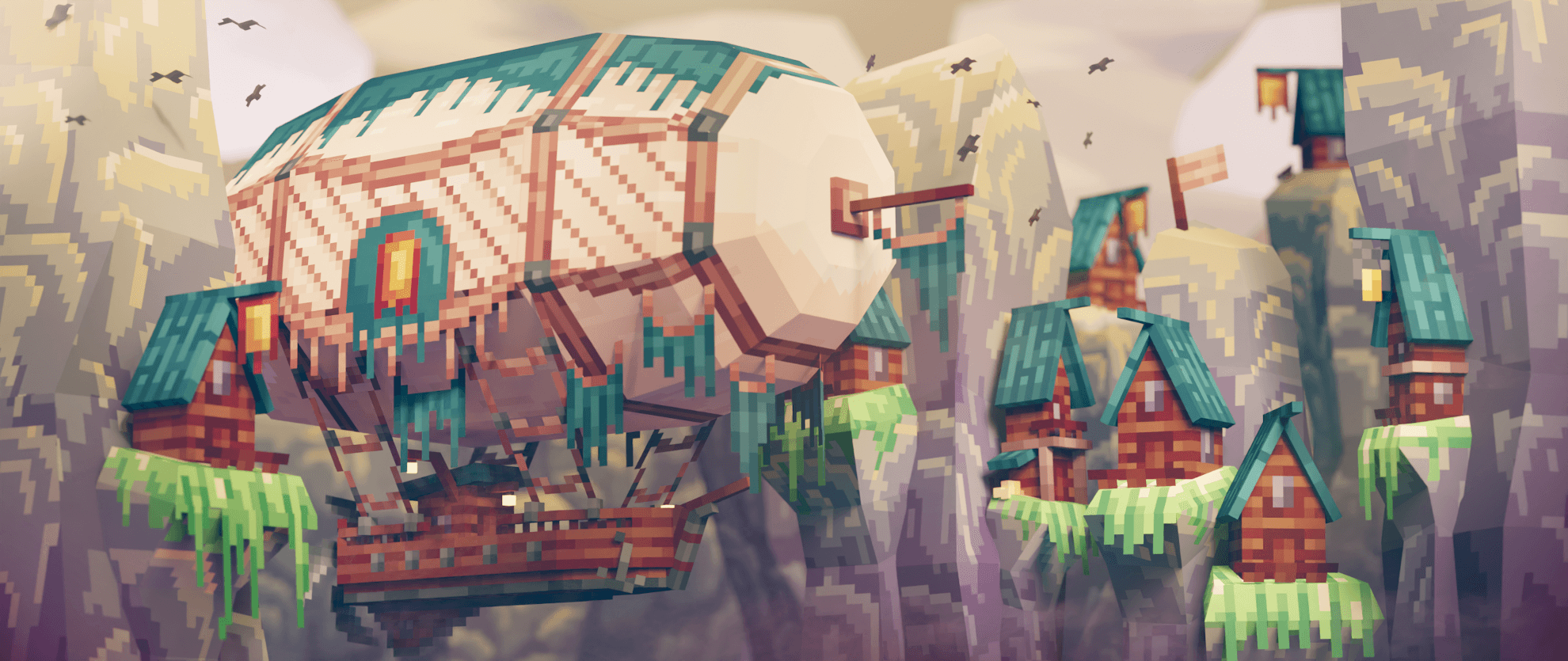
What's missing in Game Client
The client has improved and keeps getting better with each update. However, here are a few suggestions:
- Crosshair: Make a crosshair, it's important! With a crosshair, players will not only better understand what they are interacting with in the game, but developers will be able to create more advanced action games.
- Mouse Wheel for Weapon Switching: It's high time.
- Steam and Epic Store version: This, of course, opens up great opportunities for attracting audiences, especially for Teardown. It would also create cross-promotion opportunities with other games. (A Steam version means Steam Deck support.)
A little about NFTs
Nobody really cares about NFTs. Seriously. Let NFTs remain a part of the tech stack, hidden deep within the platform, to be used only by those who really need it.
Players don’t care whether there are NFTs or not. They want good games.
Final Words
No one knows what tomorrow will bring, nothing is inevitable, and the future is not set. We define it ourselves! While the dreamers are developing their dream project, let's cross our fingers for them and wish them good luck!
You will make it... You could.
If you've read this post to the end, liked it, and want to support us, please repost it on X, tag your creator friends and #Sandfam in it. And of course, join the club!
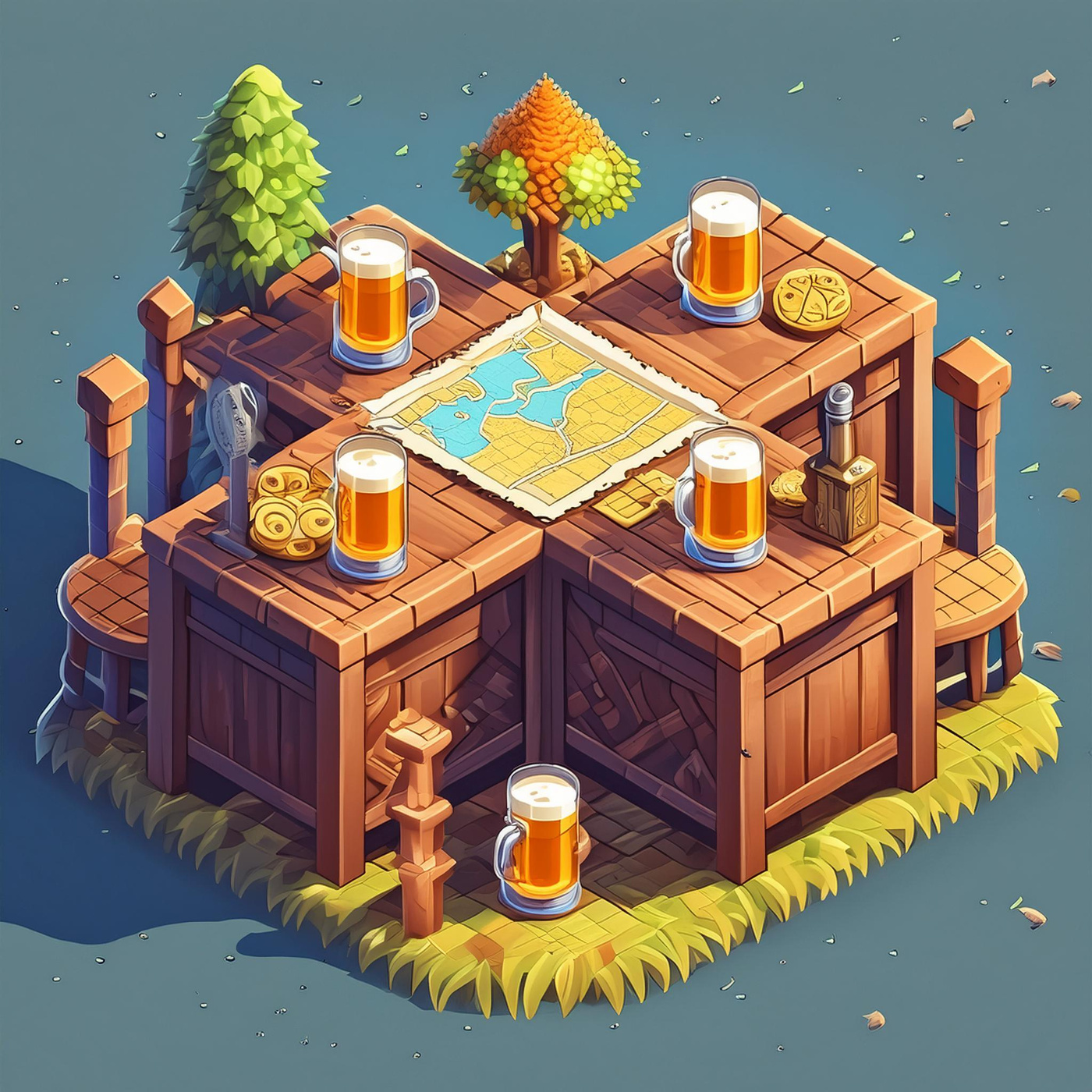

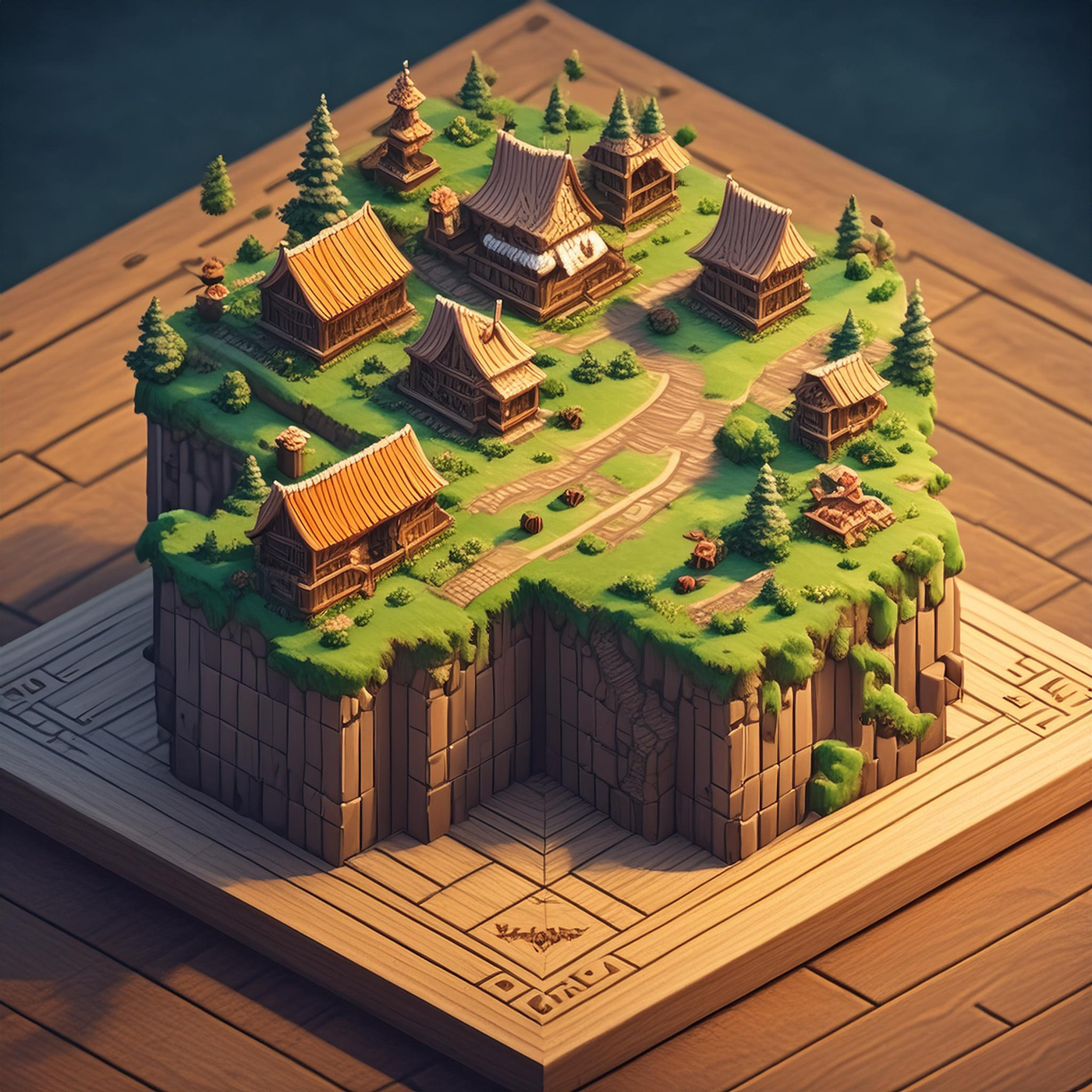

Such a fantastic essay @meo! Love the deep-dive on many topics this write up covers, really well written and thought-provoking.
I'm particularly intrigued by your exploration of using tools like Magic Palette to efficiently populate The Sandbox's undeveloped LANDs and fill the barren space with life. Your vision aligns perfectly with what we believe is possible - scaling block-based environment creation rapidly through AI and procedural generation while maintaining compelling, explorable designs even without complex game loops.
Would love to explore this idea more and we're already developing some promising approaches that align with this direction. Can't wait to continue this conversation and share ideas as they evolve.
Keep up this truly inspiring work!